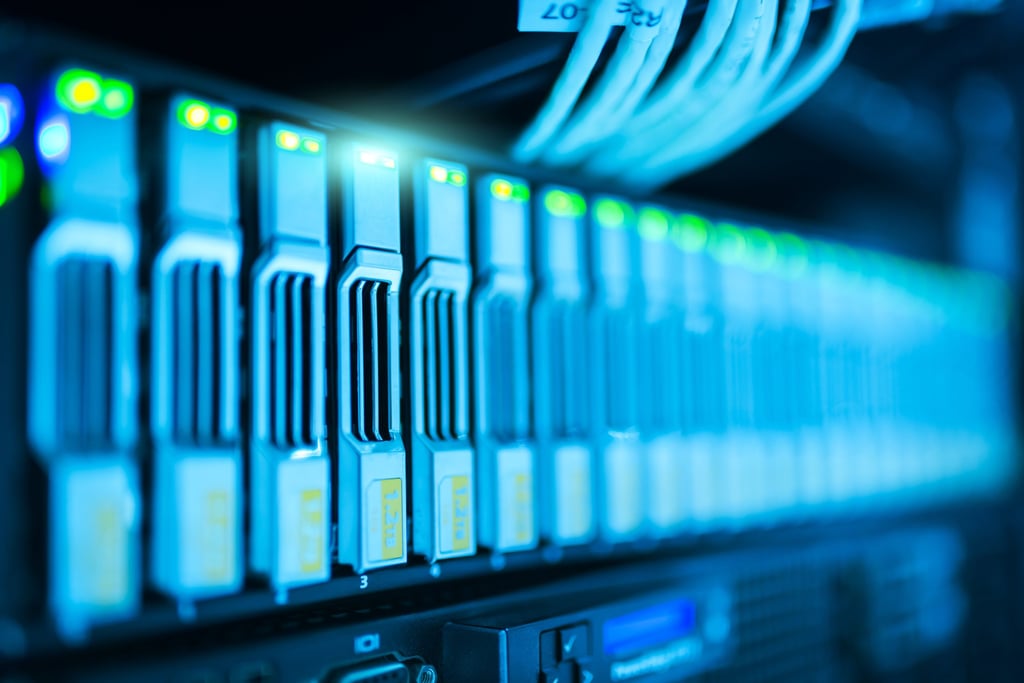

nvme2 data storage
The volume of data the world processes these days is staggering. It is estimated that both humans and machines, from gaming PCs to weather balloons and Mars rovers, produce about 2.5 quintillion bytes daily, and growing. In direct correlation, data centers are also expanding as the demand for computing power increases. According to Research and […]


The volume of data the world processes these days is staggering. It is estimated that both humans and machines, from gaming PCs to weather balloons and Mars rovers, produce about 2.5 quintillion bytes daily, and growing.
In direct correlation, data centers are also expanding as the demand for computing power increases. According to Research and Markets, the market for these spaces will achieve a compound annual growth rate (CAGR) of 2 percent from 2019 to 2025. In the United States alone, several colocation service providers are investing around $200 million in building and upgrading data centers.
To ensure that data centers can process huge amounts of data, they need the right combination of a nimble storage infrastructure and a hyperscale-capable protocol, such as NVMe over TCP.
Some people often confuse NVMe with M.2 drives since these terms are closely linked, but they are completely different. An M.2 SSD refers to the form factor, while NVMe is the protocol, which means it contains the instructions on how the drive can store and deliver information.
NVMe stands for “non-volatile memory express”, and it offers the following features:
One can also integrate NVMe over networks, giving rise to extension protocols like NVMe-oF (over fabric). This suggests that servers can already share storage by implementing the concept of NVMe over InfiniBand, Ethernet, and fiber channels.
The issue with this setup, however, is that these options still need custom host drivers and bus adapters. It can take so much money to implement and still does not maximize the power of scalability.
One of the viable solutions is NVMe over TCP, where TCP stands for transmission control protocol. It helps remove storage bottlenecks of the standard NVMe-oF by now allowing the same storage to be shared among data centers through the Internet protocol. It does not require any physical modifications to these servers or to the storage devices.
Also read: New Momentum for IPv6 Deployment
NVME over TCPs are beginning is growing in popularity among PC builders, gamers, and data centers for the following reasons:
The future of computing is big data. Users are only going to shop more, launch more types of tech that gather information, and implement the Internet of things (IoT) devices. However, along with their growth, is the need for proper support for data storage. Data centers require one that is easy to implement, high-performing, and scalable without breaking the bank. So far, NVMe, particularly NVMe-TCP, fits the bill.
Read next: Also read: Networking 101: What is NVMe over Fabric?

Enterprise Networking Planet aims to educate and assist IT administrators in building strong network infrastructures for their enterprise companies. Enterprise Networking Planet contributors write about relevant and useful topics on the cutting edge of enterprise networking based on years of personal experience in the field.
Property of TechnologyAdvice. © 2025 TechnologyAdvice. All Rights Reserved
Advertiser Disclosure: Some of the products that appear on this site are from companies from which TechnologyAdvice receives compensation. This compensation may impact how and where products appear on this site including, for example, the order in which they appear. TechnologyAdvice does not include all companies or all types of products available in the marketplace.